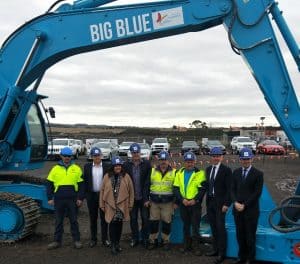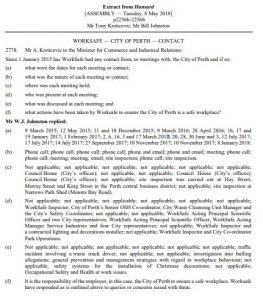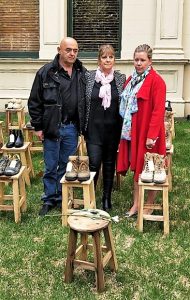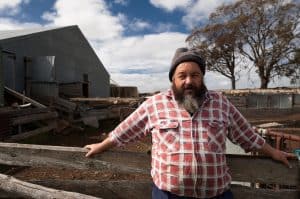
Suicide prevention continues to be a growth area in rainsingfund-raising and awareness raising. On 17 May 2018, Prime Minister Malcolm Turnbull released a video supporting a treadmill challenge in support of suicide prevention. It seems an odd campaign when there have been various walks and other events in the past that have more of a public statement that being on a treadmill in a gym. But this is not the only odd suicide awareness event. Last week, Winslow Constructions had a program launch that was also a little odd and a campaign that is worthwhile, as far as it goes.
In May 2018, Winslow Constructions held a media event on one of its residential construction projects to the north of Melbourne.


 Today the Medical Journal of Australia released a
Today the Medical Journal of Australia released a  Excessive workplace stress in the medical profession is well documented but stress is often seen as a minor workplace hazard that is fairly easily dealt with by holidays, for instance, or is dismissed as an “occupational hazard” or part of the entry to the profession or just part of the culture, with the implication that nothing can change. Only recently have
Excessive workplace stress in the medical profession is well documented but stress is often seen as a minor workplace hazard that is fairly easily dealt with by holidays, for instance, or is dismissed as an “occupational hazard” or part of the entry to the profession or just part of the culture, with the implication that nothing can change. Only recently have 

 Australia’s occupational health and safety (OHS) agenda seems largely dictated by high risk industries like construction in some States and the mining sector in others. But agriculture is common to all Australia States and is consistently included in the official and unofficial workplace fatality data. New research has been released into serious farm injuries and which voices are the most effective in improving the situation.
Australia’s occupational health and safety (OHS) agenda seems largely dictated by high risk industries like construction in some States and the mining sector in others. But agriculture is common to all Australia States and is consistently included in the official and unofficial workplace fatality data. New research has been released into serious farm injuries and which voices are the most effective in improving the situation.